What are the museums to visit in Madrid? Discover our top 15 museums to visit in Madrid!
Madrid is a capital full of energy, vibrant, cosmopolitan and rich with an impressive historical and cultural heritage! Attaché et belle, elle ne cease de séduire ses visiteurs et habitants. At the turn of each street, and within its charming neighborhoods, one discovers its modernism, its history and all these little things that make its wealth. Among them, one cannot fail to mention his cultural offer. Because Madrid has an amazing cultural and artistic heritage, which its museums highlight.
During your stay in the Spanish capital, you will not miss the cultural high places to discover. Among them, one cannot fail to mention the museums of Prado and Reina Sofía, but there are many more! Some immanquables can even be visited for free thanks to the Madrid Card, an indispensable sesame. Are you going to the sunniest capital of Europe soon? We have listed for you the 15 must-see museums to visit in Madrid during his trip.
Also:
Visit Madrid with the Madrid Card
1. The Prado Museum
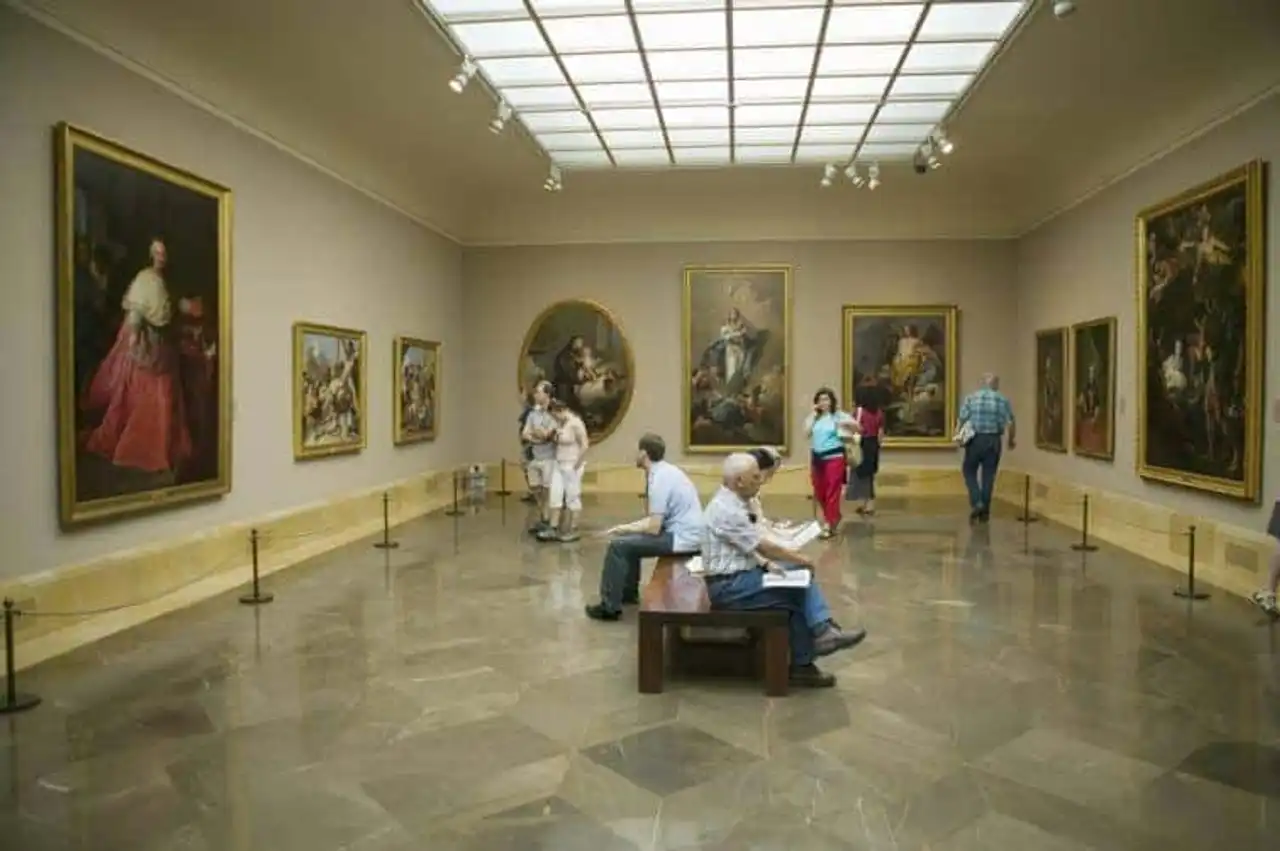
Photo credit: Shutterstock / Joseph Sohm
Time of visit : at least half a day or even a whole day.
Billet cut Yes
Located in the city centre, the Prado Museum is the most famous in Madrid and one of the most important art museums in the world. Designed by Juan de Villanueva, this giant pinacoteca retraces the history of European art from the 12th century to the 19th century. It houses more than seven thousand paintings, nine hundred works of sculpture and countless drawings and other objects of art in its permanent and temporary exhibitions.
2. Reina Sofía Museum
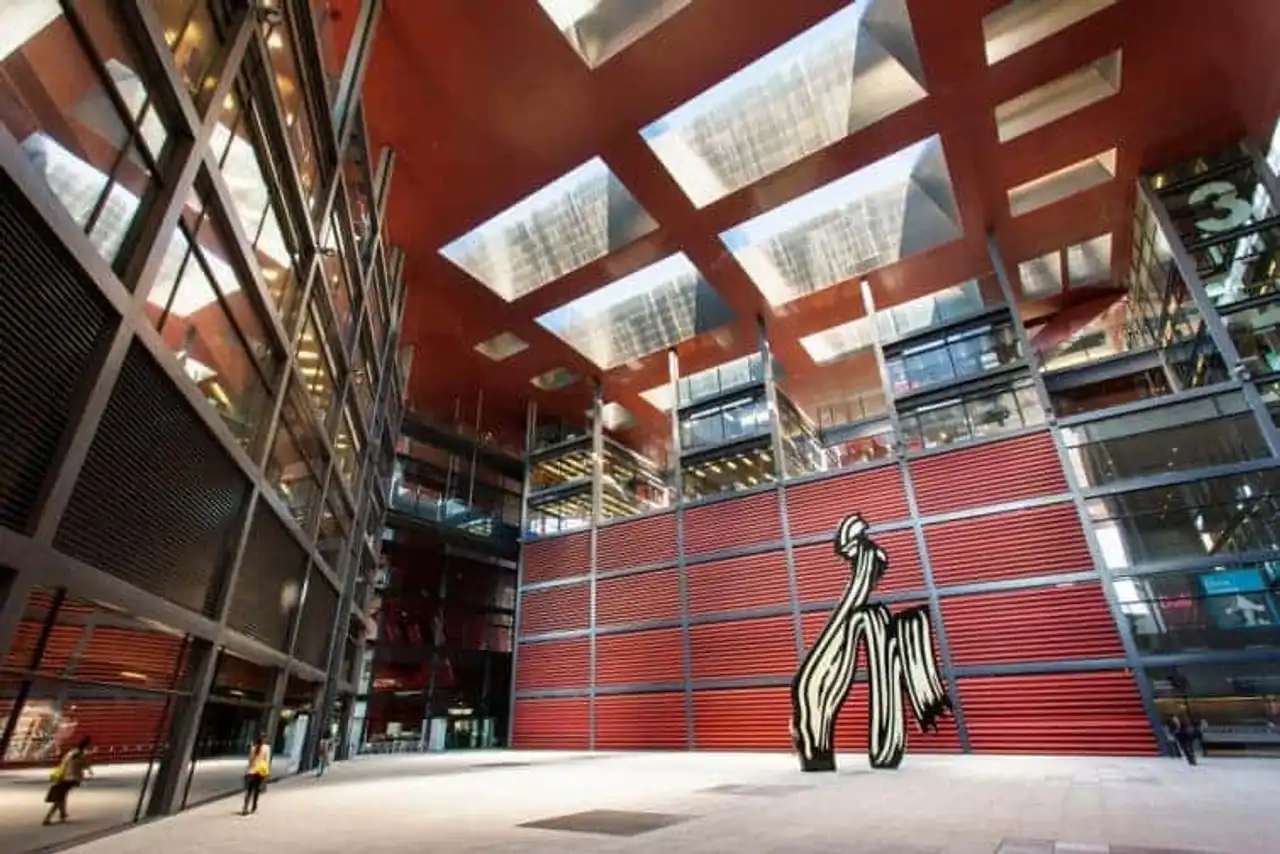
Photo credit: Shutterstock / s4svisuals
Time of visit : minimum two hours (if you concentrate on the second floor, the most famous). To discover the entire collection, plan four hours.
Billet cut Yes
Founded in 1992, the Reina Sofía Museum is one of three must-see museums in Madrid. It deals with times that the Prado Museum does not cover. In particular, you will discover works dated from 1881, Pablo Picasso’s year of birth.
The museum presents the famous Guernica de Picasso, but also the masterpieces of Dalí, Juan Gris, Francis Bacon and Andy Warhol.
3. The Thyssen-Bornemisza Museum
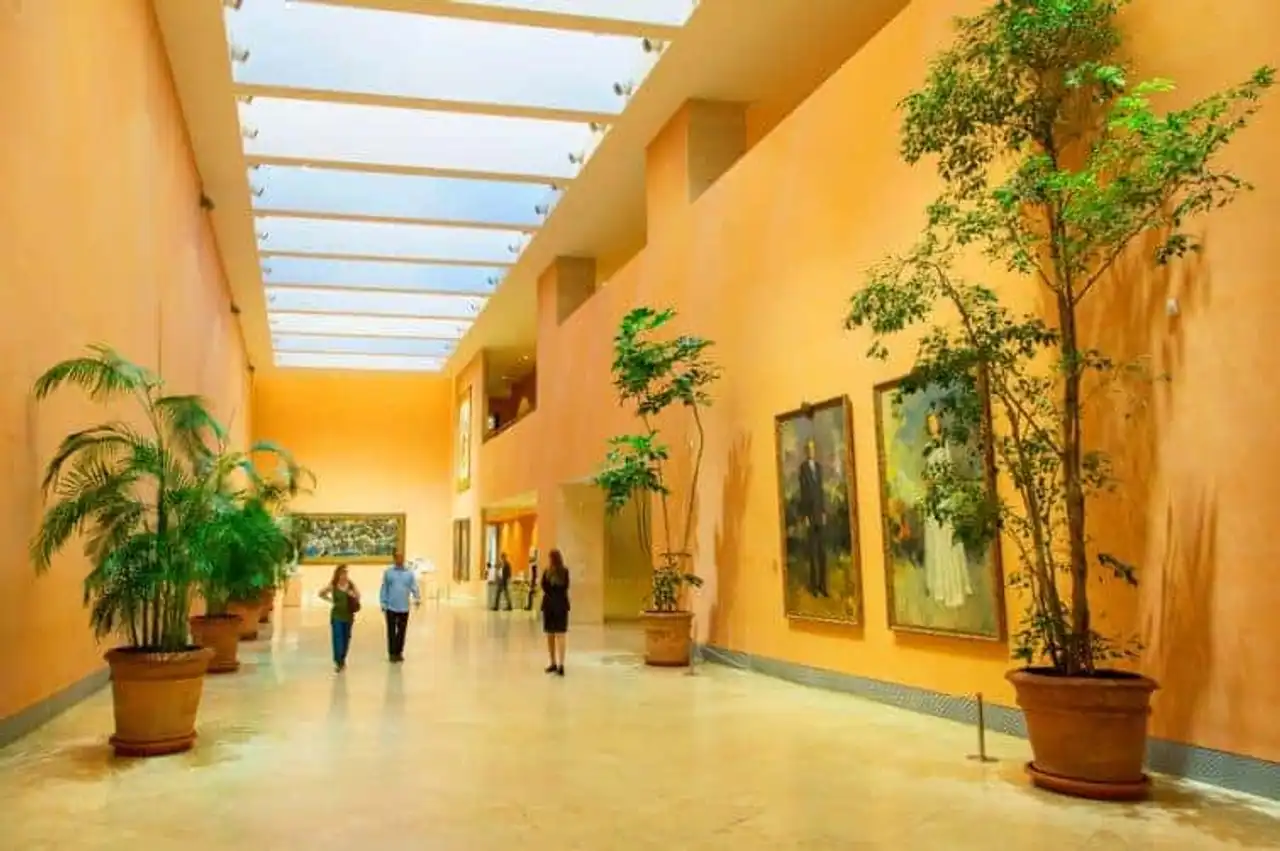
Photo credit: Shutterstock / s4svisuals
Time of visit Three hours.
Billet cut Yes
Complementing the collections of the Prado Museum and the Reina Sofía Museum, the fantastic Thyssen-Bornemisza Museum is one of the most important art museums in Madrid.
In its permanent collection, it houses masterpieces of the Italian Renaissance and French Impressionism with artists such as Dali, Van Gogh and Monet. But above all, you will see the history of art under your eyes during this visit to the Thyssen Museum.
4. The National Archaeological Museum
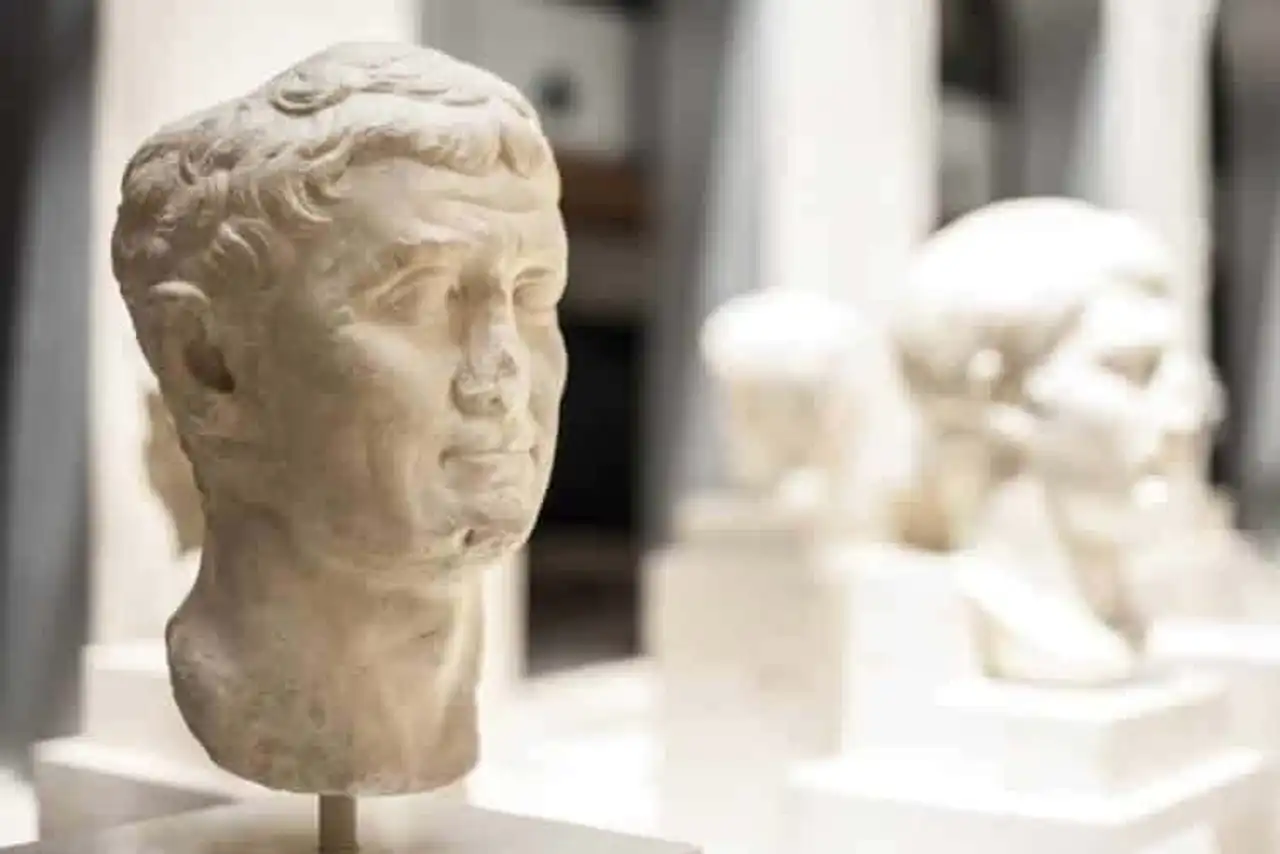
Photo credit: Shutterstock / Juan Aunion
Time of visit two to three hours.
Located in the Palace of the Library and National Museums, next to Place Colomb, the Museo Arqueológico Nacional is one of the most important museums to visit in Madrid. Its permanent collection consists of objects collected throughout the history of the Iberian Peninsula. You will also discover beautiful collections from Egypt, the Near East, Greece and Rome .
After this discovery, do not miss visiting the National Library of Spain located in the same building. It also houses an important part of Iberian history and culture.
5. The Museum of History of Madrid
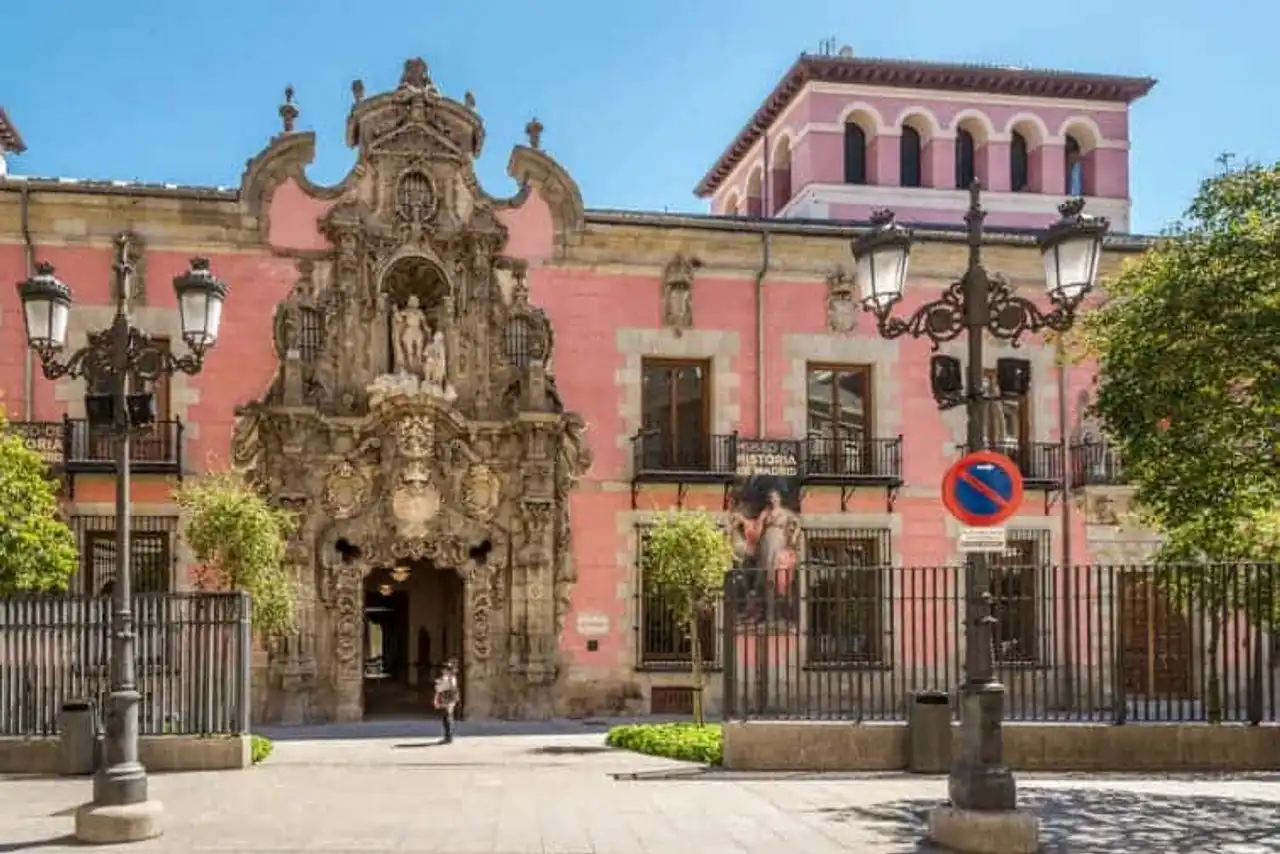
Photo credit: Shutterstock / milosk50
Time of visit at least two hours.
Would you like to learn more about the history of the Spanish capital? So don't miss this museum. His excellent collection of more than sixty thousand works exposes the historical and urban evolution of Madrid over the centuries. In addition, it is located in the heart of the city in an imposing and magnificent building: the former Hospice of San Fernando.
6. The Cerralbo Museum
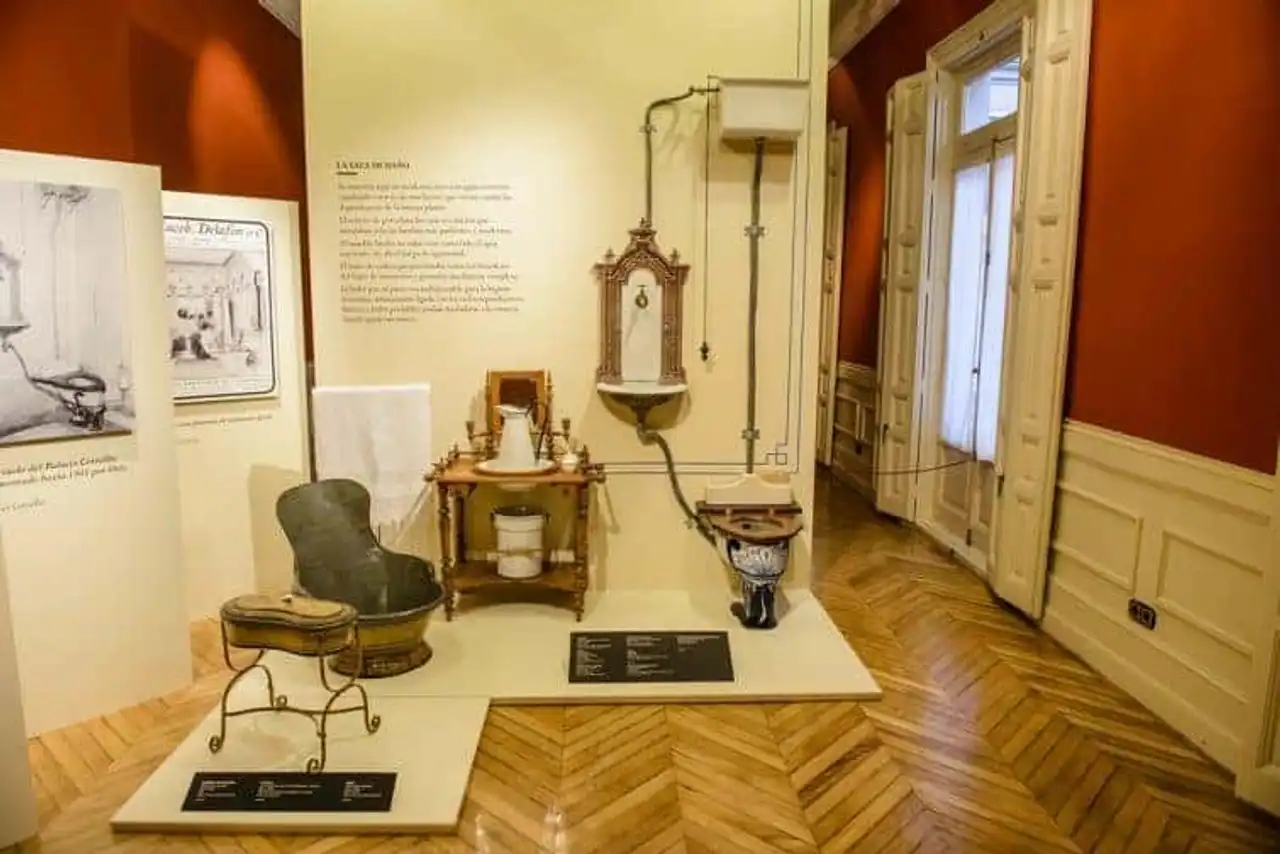
Photo credit: Flickr / Son of Groucho
Time of visit One to two hours.
Nestled in a magnificent 17th-century mansion, Cerralbo is one of the most important museums to visit in Madrid, even though it is not yet known. It houses one of the largest private collections in Spain.
You will discover more than fifty thousand pieces, including paintings, sculptures, tapestries, furniture, weapons, archaeological pieces and various artifacts or objects belonging to the Marquis de Cerralbo and his family. This museum will allow you to discover the way of living Spanish aristocracy in the nineteenth century.
7. The National Museum of Natural Sciences
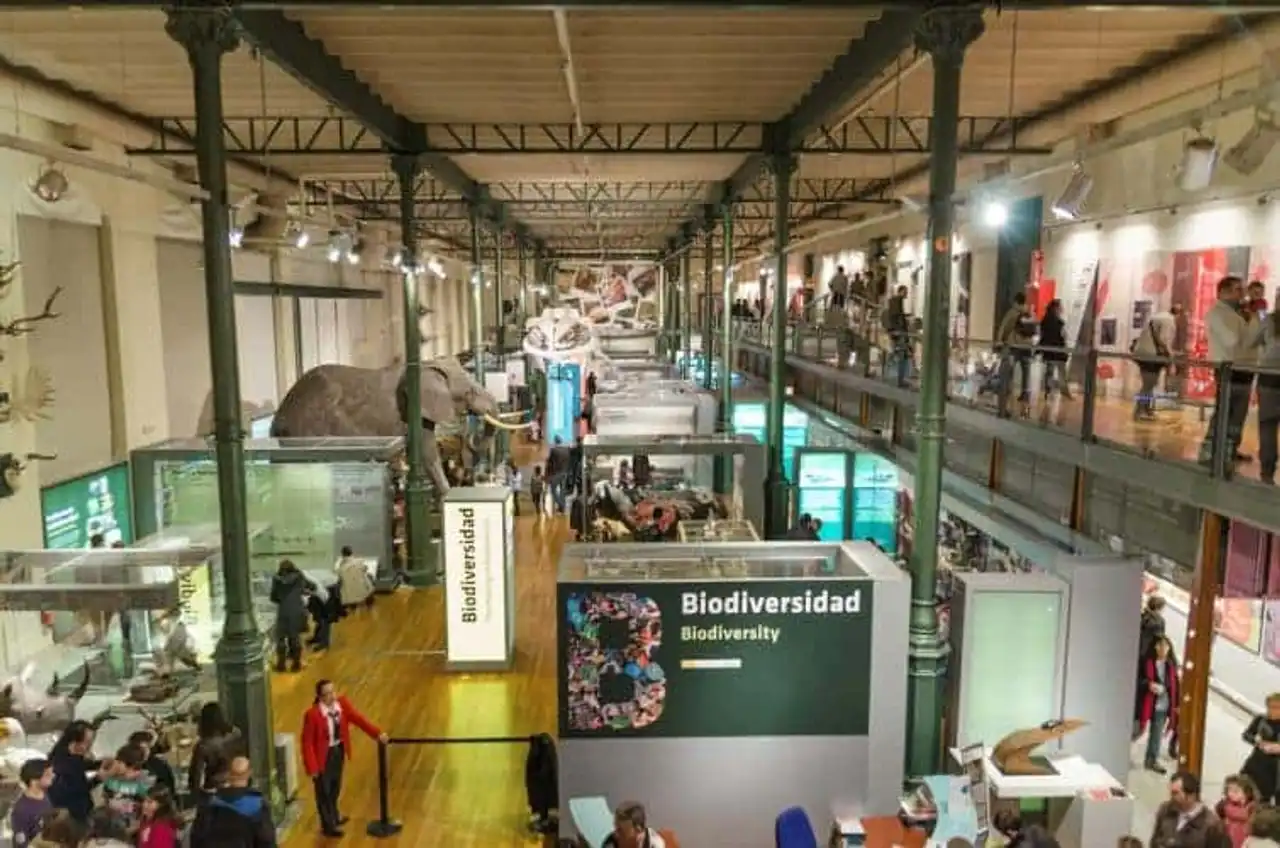
Photo credit: Shutterstock / David Herraez Calzada
Time of visit at least two hours.
The National Museum of Natural Sciences is one of the most important museums to visit in Madrid and especially one of the oldest. It dates back to the 18th century and was then the Royal Cabinet of Natural History of King Charles III.
Its first permanent exhibition explains the history of life on Earth thanks to fossils, the second shows the Mediterranean ecosystem and the last one immerses you in the atmosphere of the first natural science firms. His strong point is the replica of a Diplodocus carnegii.
8. The National Museum of Decorative Arts
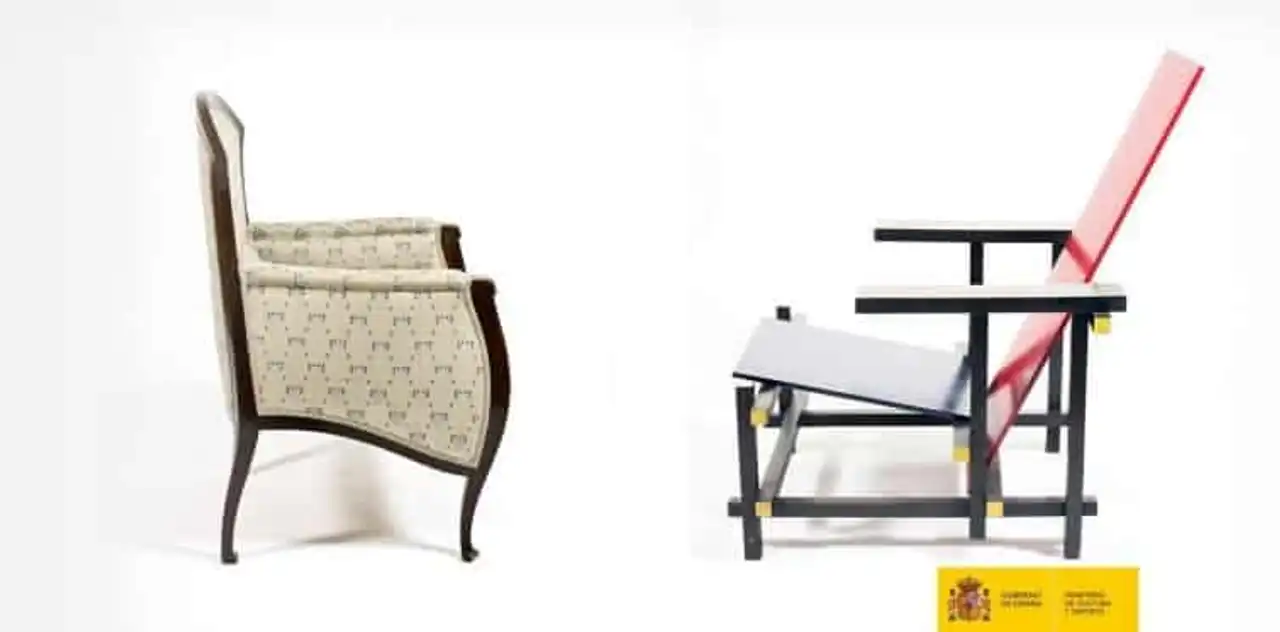
Photo credit: Facebook / Museo Nacional de Artes Decorativas
Time of visit One to two hours.
Art is not confined to paintings and sculptures by great artists. This museum shows it perfectly with its collection of more than seventy thousand furniture, tapestries and decorative works, some of which date from 400 BC.
Here you will discover the ceramics of Talavera and Teruel, a collection of Oriental art with notably porcelain of the Chinese Ming and Qing dynasties.
9. The Museum of the Cathedral of Almudena
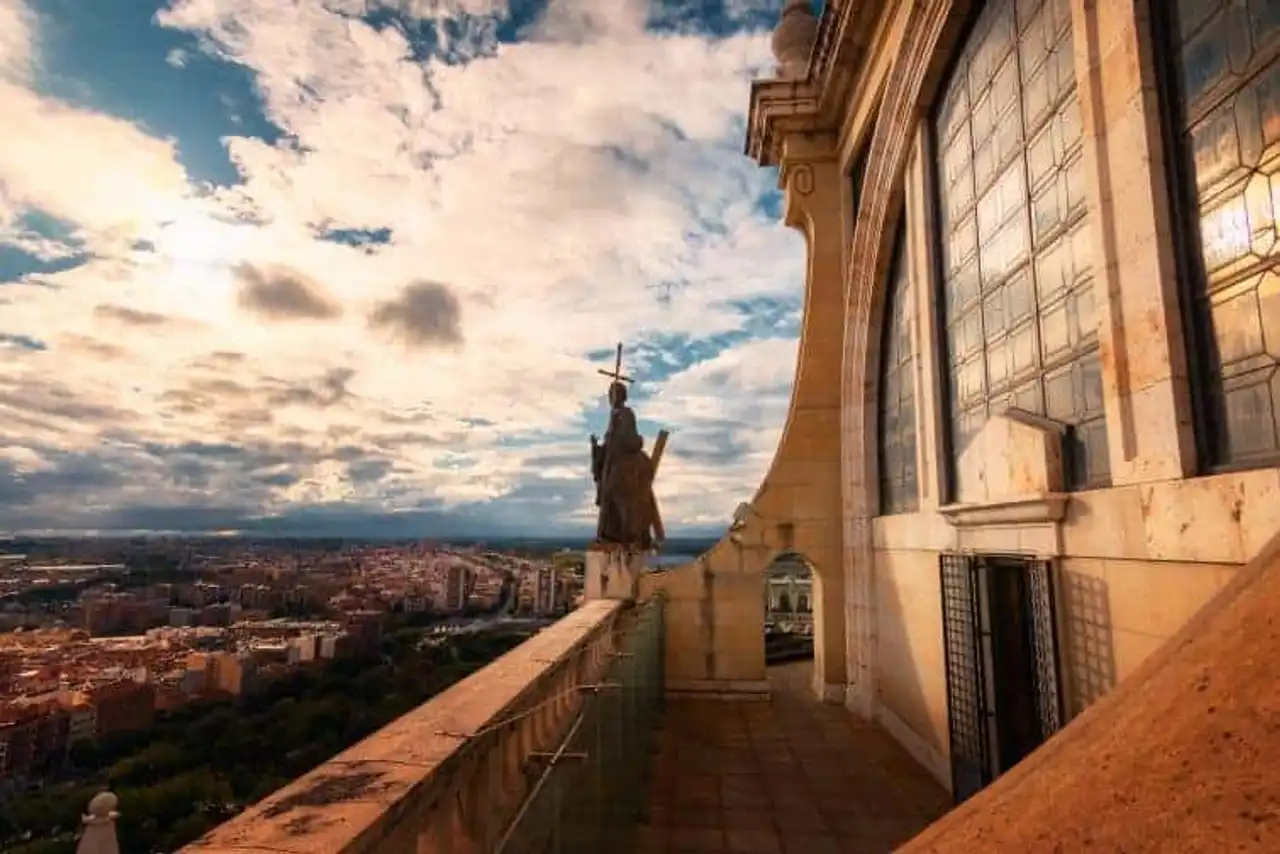
Photo credit: Facebook / Museo Catedral de la Almudena
Time of visit One hour.
Built in front of the royal palace during the twentieth century, the Cathedral of Almudena is the very recent Cathedral of Madrid and one of its most important religious buildings. It houses an interesting museum, whose twelve rooms retrace the history of the Diocese of Madrid.
From the museum you will also have the chance to climb to the top of the dome, where a beautiful view of the capital awaits you.
10. The Sorolla Museum
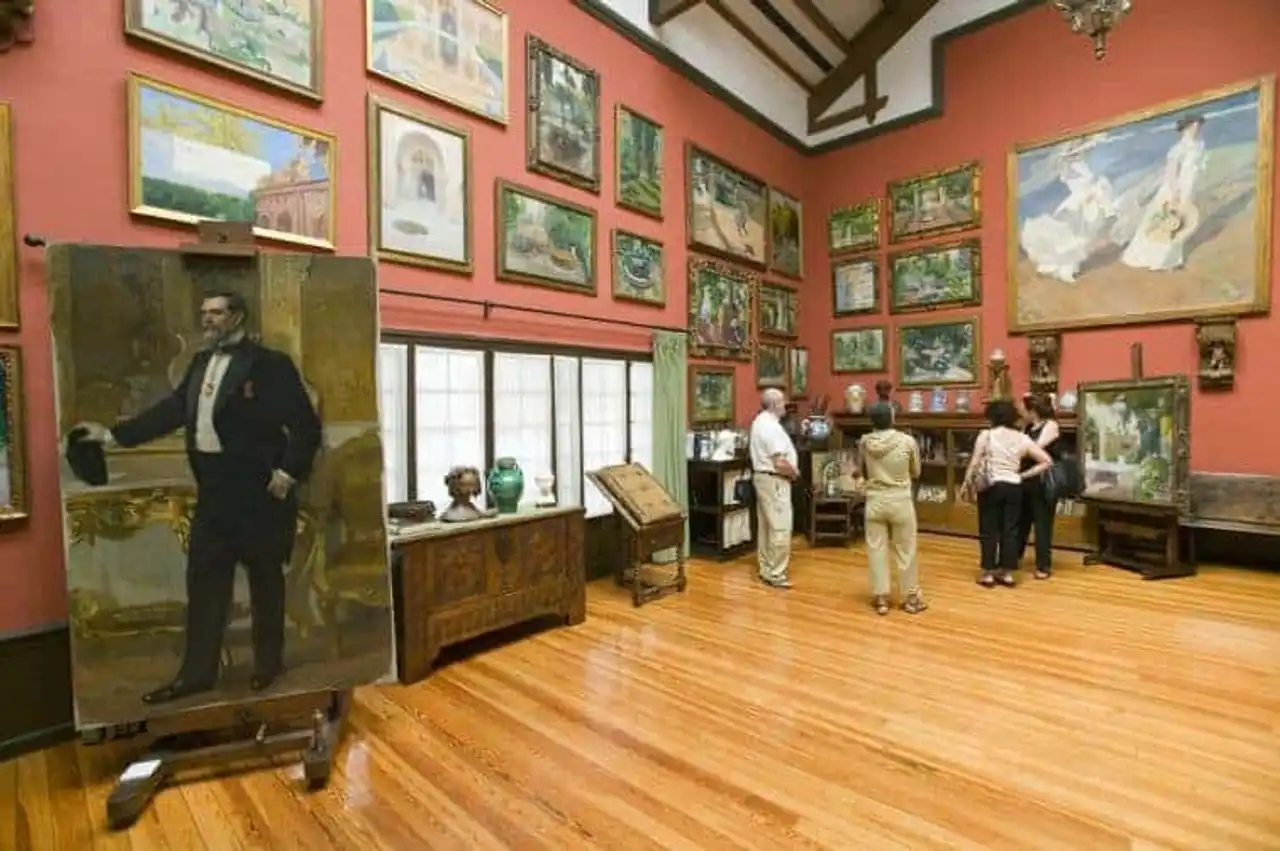
Photo credit: Shutterstock / Joseph Sohm
Time of visit at least an hour and a half.
Installed in the old house of the Impressionist artist Joaquín Sorolla The Sorolla Museum is one of the most important museums to visit in Madrid.
You will discover the works of the painter, as well as sketches, furniture and artifacts. His drawings on his family life or the plans of his home are particularly remarkable, as are the three Andalusian style gardens that surround the building.
11. The Museum of America
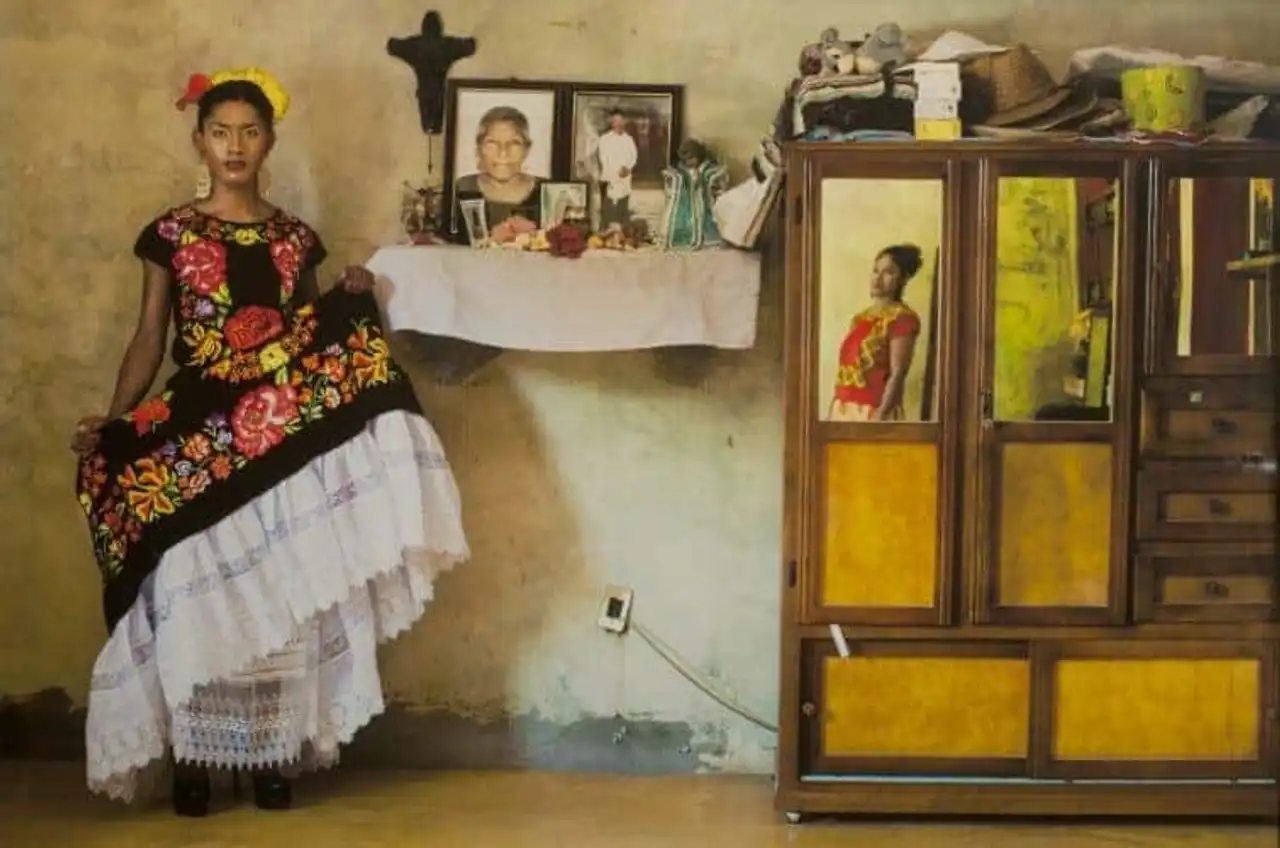
Photo credit: Facebook / Museo de América
Time of visit at least an hour and a half.
Founded in April 1941, the Museo de América exhibits collections of art, archaeology and ethnology from the pre-Columbian period to the colonial era. Organised in five parts, the museum presents in turn the perception and discovery of America in Europe, the history and reality of settlement of this continent, and the organization of its societies, its religions and finally the development of communication and languages.
This museum is exciting and allows to fully understand this continent and its history.
12. The Museum Lázaro Galdiano
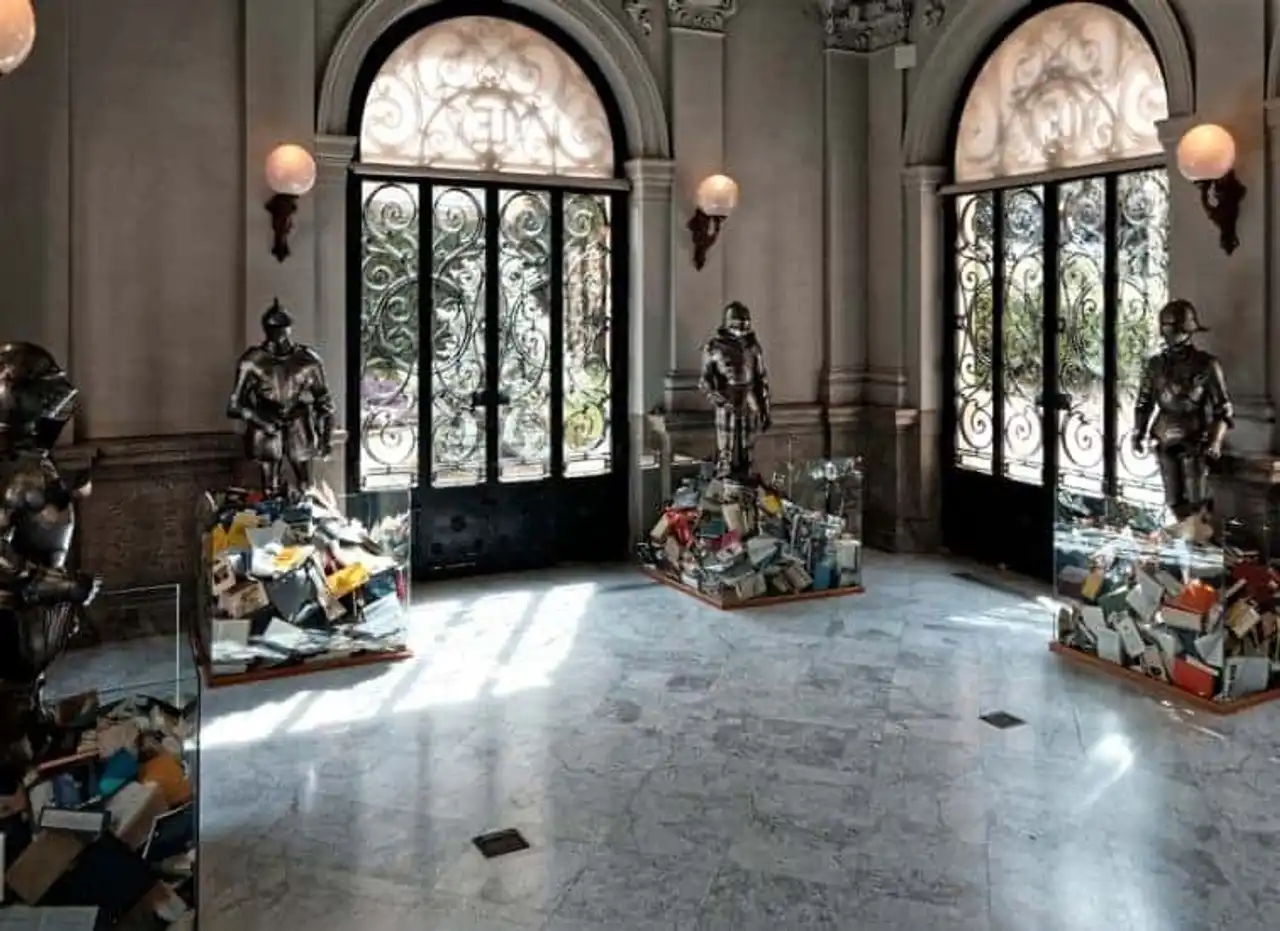
Photo credit: Shutterstock / Enrique Palacio Sans
Time of visit at least two hours.
Located in its former home, the Lázaro Galdiano Museum exhibits fifteen thousand paintings and ancient objects collected by the collector of the same name.
It houses world-renowned paintings, drawings and engravings of Goya, as well as other masterpieces.
13. Naval Museum
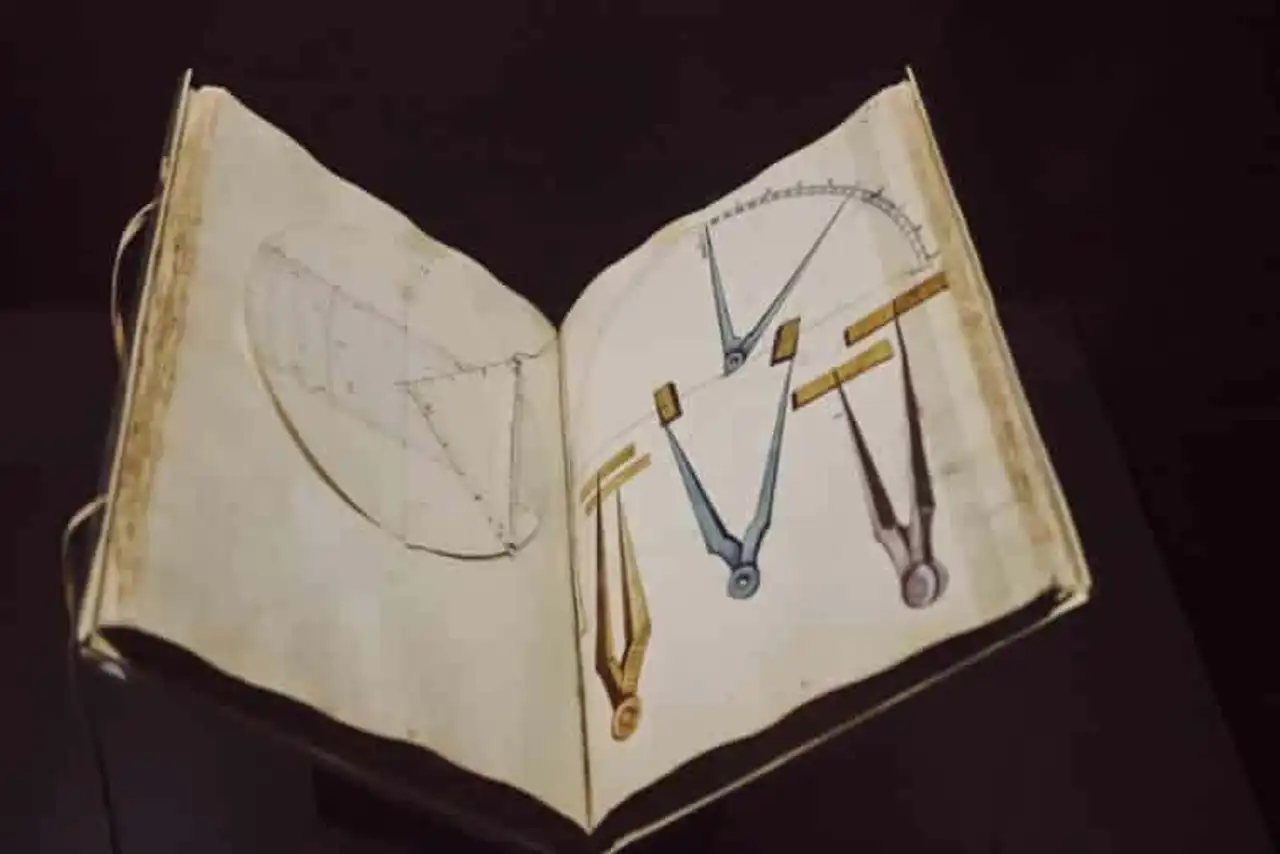
Photo credit: Shutterstock / Sandronize
Time of visit one and a half hour to two hours.
This vast museum dedicated to the marine displays historical elements of the Spanish Armada from the 15th century to the present day.
You will discover, among other things, paintings, weapons, coins, navigation instruments and reconstructions of military and merchant ships.
14. The Romantic Museum
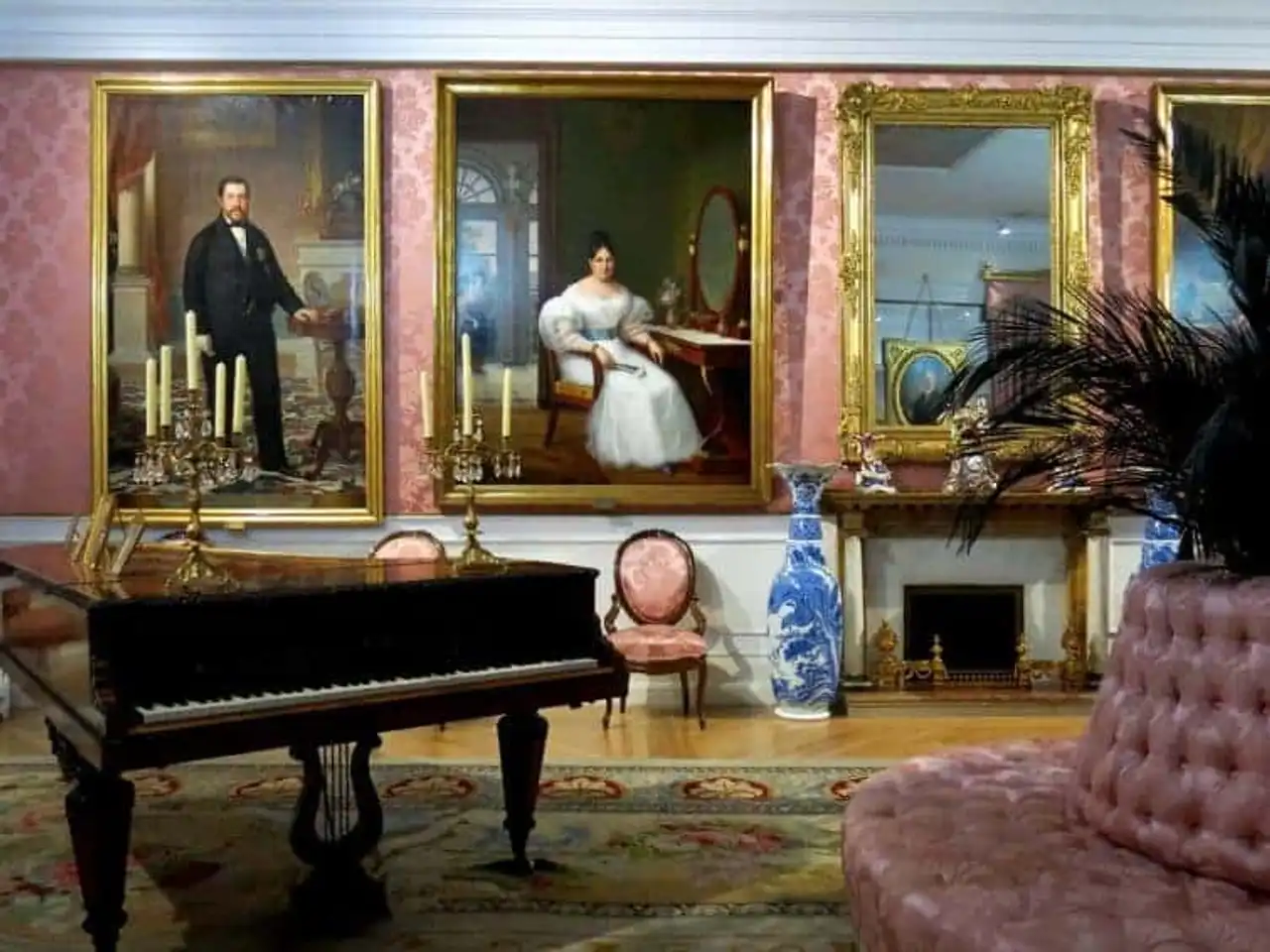
Photo credit: Flickr / manual m. v.
Time of visit One and a half hour.
Located in an 18th century palace, this Romantic Museum exhibits more than 16 thousand ancient objects, paintings and furniture dating from 1833 to 1868.
Its collections and decoration will allow you to dive and better understand the life and customs of the Madrid high bourgeoisie of this time. Luxury and ostentatious are the masterwords. His visit usually lasts
15. Les Arènes de las Ventas
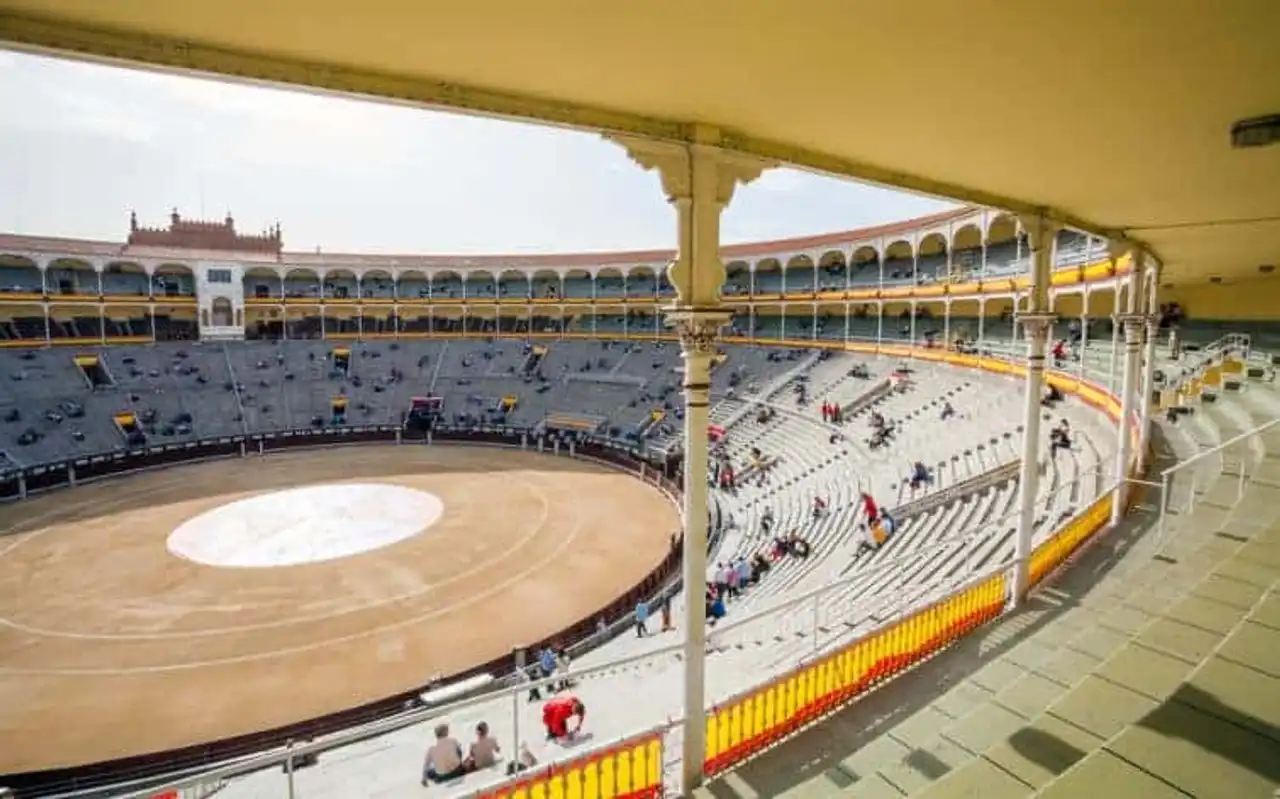
Photo credit: Shutterstock/Pixachi
Time of visit One hour.
This temple of tauromachia, renowned for its feria of San Isidro, will not unanimity among travellers. However, it represents an important cultural aspect of the Spanish capital.
These arenas are home to the Museum of Tauromachie, which allows you to learn more about this tradition and its history.
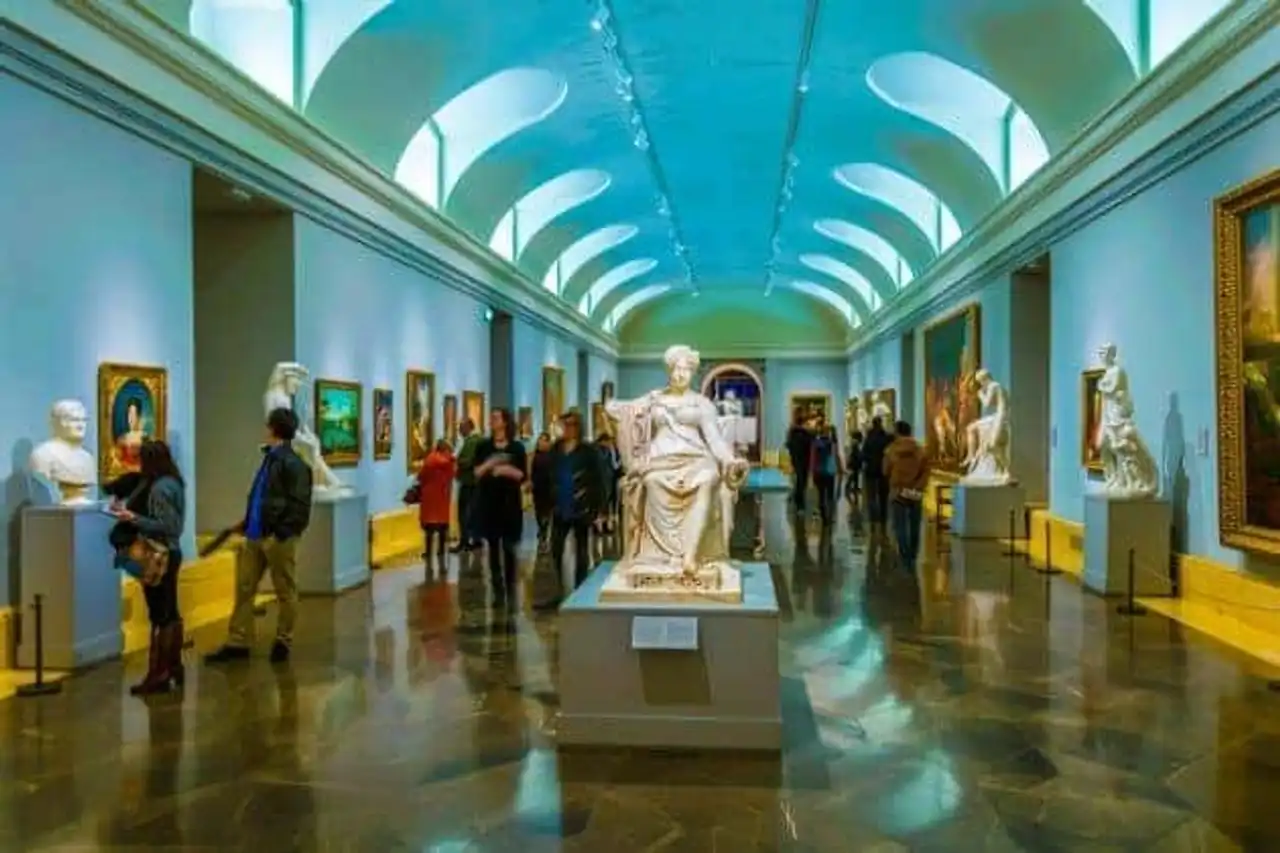




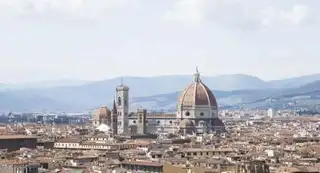

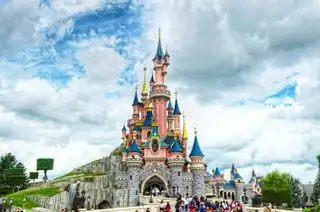
Loading comments ...